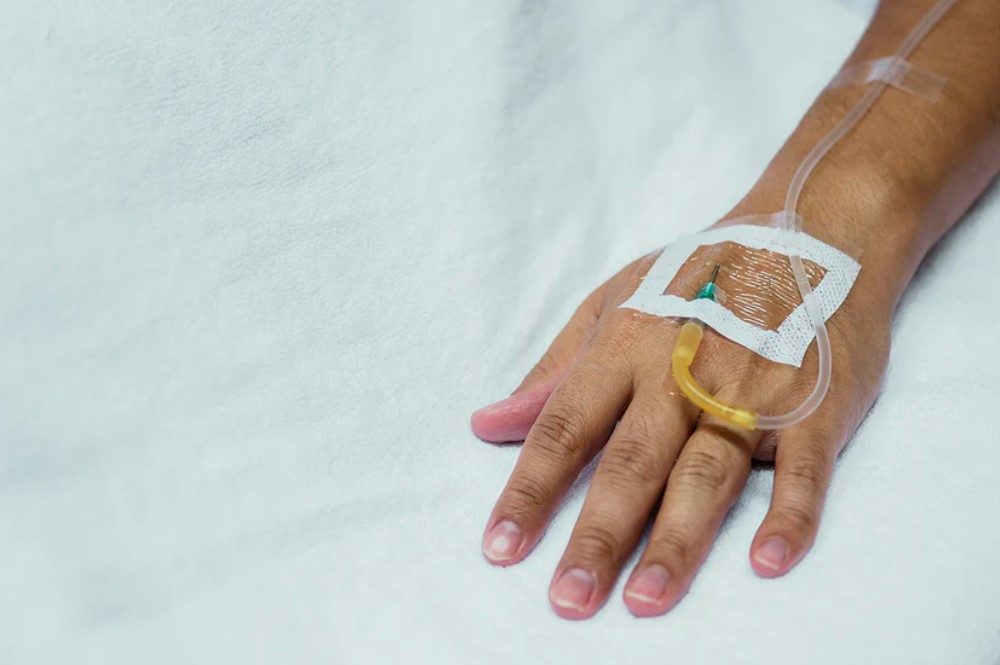Contact customer service

You are:
Healthcare-associated infections (HAI) affect hundreds of millions of people all over the world and pose a major issue in terms of patient safety. In modern healthcare facilities and in developed countries, 5 to 15% of patients contract one or more HAIs1. In intensive care units, the mortality rate associated with HAIs can reach 44%2. In France, the Surveillance et la Prévention des Infections Associées aux Dispositifs Invasifs3 [Monitoring and Prevention of Infections Associated with Invasive Devices] (SPIADI) is a national undertaking.
How can infectious risks be prevented and managed? What are the correct procedures to be observed?

Vascular access, urinary drainage and assisted ventilation are essential to modern medicine. Most hospitalised patients will undergo one or more of these invasive procedures. However, the temporary insertion of a catheter, urethral catheter or endotracheal tube is associated with a significant infection risk.
Espinasse and allestime estimate that more than 60% of HAIs are associated with the insertion of a medical or surgical device4.
In France, the latest survey carried out by Santé Publique France (Public Health France) show that the risk of infection is higher in patients who have an invasive device, particularly those with a catheter.
How can we prevent infections associated with short peripheral venous catheters and subcutaneous catheters? Here is a short reminder of the steps to follow6 to prevent the influx of microorganisms and create aseptic conditions.
Step 1: wash your hands
Step 2: prepare the equipment before inserting the catheter
Step 3: skin preparation for inserting a catheter
Step 4: second hand washing before putting on sterile gloves.
Step 5: remove your gloves
Step 6: prevent infection associated with the catheter
Step 7: Carry out a daily assessment to ascertain whether the catheter is still necessary.
Peripheral venous catheter infections are serious and preventable8 in 2 out of 3 cases.
1 Organisation mondiale de la santé (OMS), Lutte contre les infections, http://www.emro.who.int/fr/surveillance-forecasting-response/infection-control/infection-control.html
2 OMS, Infections Associées aux Soins et Promotion de l’Hygiène des Mains, https://www.google.com/url?sa=t&rct=j&q=&esrc=s&source=web&cd=&cad=rja&uact=8&ved=2ahUKEwiT1YjAtdjzAhWvxYUKHWzCBhoQFnoECAsQAQ&url=https%3A%2F%2Fwww.who.int%2Fgpsc%2F5may%2Ftools%2Fslcyh_presentation_pour_coordinateur_fr.ppt&usg=AOvVaw2VjuvQcFzQuCdJjMbRXhA4
3 Preventioninfection.fr, Réseau de Prévention des Infections Associées aux Soins (RéPIAS), https://www.preventioninfection.fr/qui-sommes-nous/, consulté le 18 octobre 2021.
4 F. Espinasse et al., « Risques infectieux associés aux dispositifs médicaux invasifs », Revue Francophone des Laboratoires – novembre 2010 – n°426, https://www.em-consulte.com/ecomplementfile/BIO/emm316.pdf
5 C. Daniau et al., Infections associées aux soins en établissement de santé : résultats
de l’enquête nationale de prévalence 2017, 14 janvier 2020, http://www.cpias-ile-de-france.fr/surveillance/enp/2017/daniau-beh-enp-sept2020.pdf
6 RéPIAS_SPIADI, Lily. Prévenir les infections associées aux cathéters veineux périphériques courts et sous-cutanés, https://www.spiadi.fr/app/files/SPIADI%20-%20Guide%20Pratique%20Lily.396613297c57602ea5fff378e4afb7dc.pdf, mai
2021.
7 https://sf2h.net/wp-content/uploads/2019/05/HY_XXVII_SF2H_CATHETERS-2019.pdf
8 A. Gagneux-Brunon et al., “Vascular catheter-related infection claims to health insurance company: often preventable”, Clin Microbiol Infect, 2014 Dec;20(12):O1084-7. doi: 10.1111/1469-0691.12684.